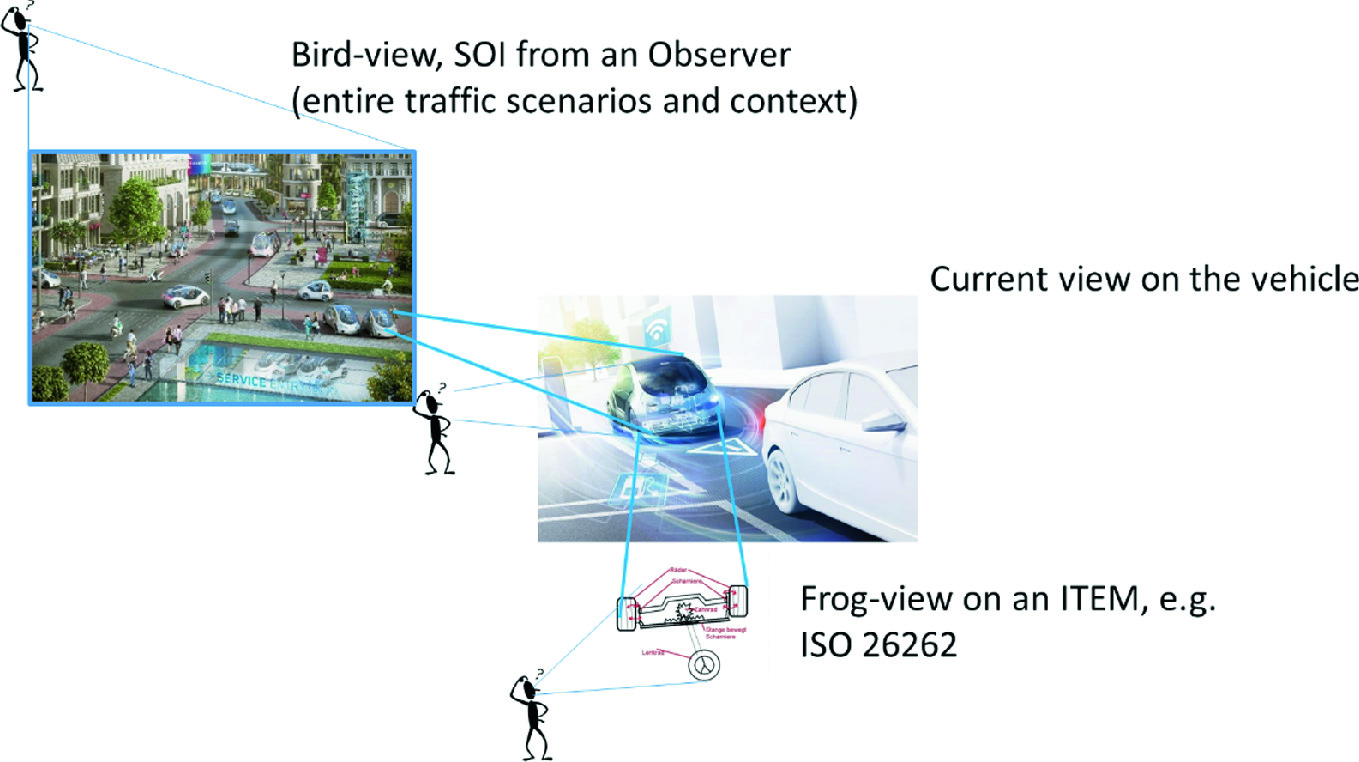Generous Checkpoints Prototype Mac OS
Solution ID: sk63920: Technical Level: Product: Identity Awareness: Version: R77, R77.10, R77.20, R77.30, R80.10, R80.20, R80.30, R80.40: OS: Mac: Platform / Model. A checkpoint or migrated into the cloud. We have implemented a prototype of P2 and and our experi-ments show that it accurately reports the execution of unpatched code while imposing performance overhead of 4%. Categories and Subject Descriptors K.6.3 Software Manage-ment: Software maintenance.
Search Fields
A search field is a style of text field optimized for performing text-based searches in a large collection of values. Many windows include a search field in the toolbar, but a search field can also be displayed in the body area of a window. A search field displays a magnifying glass icon, and can also include placeholder text and a cancellation button.
Use a search field instead of a standard text field to implement search. A text field doesn’t have the search field appearance that people expect.
Avoid supplying an introductory label. People are familiar with the distinctive appearance of a search field, so there is no need to label it. The exception is when you place a search field in a toolbar. In this case, you must supply the label 'Search', to be displayed when users configure the toolbar to show icons and text or text only.
In general, enable the cancellation button. Most search fields include a cancellation button that erases the contents of the field and immediately terminates the search.

If necessary, provide hints and context in a search field. A search field can contain placeholder text—such as 'Search for a place or address' or simply 'Search'—as a reminder of the context being searched.
Prototype Game Mac
Initiate the search at an appropriate time. You can begin searching as soon as the user starts typing or wait until they press Return or Enter. Searching while the user is typing causes the results to be continuously refined as the entered text becomes more specific. If search occurs after the user finishes typing, consider showing a menu while the user is typing that lets them choose from commonly searched terms or recent searches.
Take privacy into consideration before displaying the user's search history. People might not always appreciate having their search history displayed onscreen. As an alternative, you might consider offering a scope bar that helps people narrow down results quickly.
For related guidance, see Search and Spotlight. For developer guidance, see NSSearchField.

Scope Bars
A scope bar can be added to a window to let people refine the scope of a search. When searching in the Finder, for example, a scope bar lets you filter for items in specific locations or matching attributes like modification date and extension. Some windows offer a scope bar that includes an integrated search field.
Favor improving search results over including a scope bar. A scope bar can be useful when there are clearly defined categories in which to search. However, it’s best to improve search results so scoping isn’t necessary.
If appropriate, let people refine scoping operations. Supplementary scoping rules can be enabled using filter rows that appear beneath a scope bar. For example, when searching for a file name in Finder, you can click an Add button to specify additional attributes like an extension or modification date range. A filter row can include text fields, buttons, and other controls for specifying filter criteria.
Use appropriate button appearances in scope bars. Buttons should adopt a recessed style when used as toggles and a rounded rectangular style when used to initiate actions or specify search criteria. See Scope Buttons.
Harnessing the power of technology to combat the spread of COVID-19, the Department of Science and Technology - Philippine Council for Industry, Energy and Emerging Technology Research and Development (DOST-PCIEERD) unveiled six technologies that are currently being developed by Filipino innovators.
Ranging from nano-enhanced sanitizers to mobile AI-powered thermal scanners, these technologies are DOST’s quick response to the ongoing pandemic that has endangered the lives of many.
DOST Undersecretary for Research and Development Dr. Rowena Cristina Guevara lauded the Filipino researchers who came up with these timely innovations.
“We thank our Filipino researchers for making change happen through these technologies that we are working on. We hope to see them soonest in the hands of our frontliners and the general public who is greatly affected by COVID19,” she said.
PCIEERD Executive Director Dr. Enrico C. Paringit expressed support to Filipino researchers who will be generating these technologies, hailing their immediate response to the need.
“As leader and partner in enabling innovations in the country, DOST-PCIEERD will guide our researchers in providing solutions to the challenges on hand. We will maximize the use of our technologies to support our frontliners and help in our fight against COVID19,” he said.
The six technologies that are now being developed are:
1. Mobile AI-enabled Thermal Scanners - In partnership with Orbital Exploration (OrbitX) Technologies, six (6) artificial-intelligence-powered thermal scanners mounted on drones will be produced initially to easily scan and pinpoint people with high body temperature. These drones provide real-time data transmission, are equipped with GPS, and has a 2-km range for communication. This technology will shorten the queuing of people and minimize contact between individuals in checkpoints. Initially, six (6) units will be produced for testing and deployment in selected local government units (LGUs).
2. Nanotechnology-enhanced Sanitizers - The Central Luzon State University (CLSU) Nanotech Laboratory produced a nanotechnology-enhanced ethyl alcohol and hand sanitizer that contains zinc oxide nanoparticles infused with turmeric extract, a mixture proven that is effective against H1N1 influenza and SARS viruses—which are both coronaviruses. Thus, applying such to surfaces could be effective in deterring the spread of COVID-19. The laboratory is also developing washable mask using nanofiber as a 'filter.’